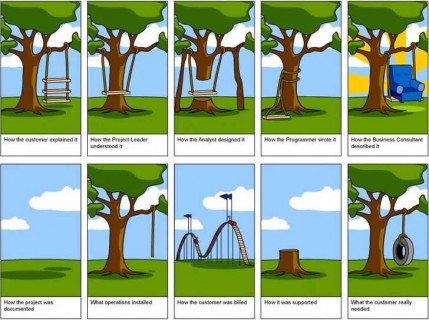User Requirements Specifications
January 15, 2014
A User Requirements Specification (URS) is simply a statement of the ‘user needs’, from their point of view, with respect to the medical device being developed.
It is a critical document at the early stage of any development – the regulators will expect you to validate your device against these requirements – and its apparent simplicity belies the challenge of correctly understanding the user needs, and the massive impact they can have on the device design, development and industrialisation programme.
After all, who wants to develop a medical device that users don’t want, or cannot use safely?
Despite its importance, there is no clear agreed definition of what should be included in a User Requirements Specification. Nevertheless, there are some common elements which most experts agree on, and if you consider it in conjunction with ‘follow-on’ documentation such as the Product Requirements Specification (PRS) then it is possible to hone in on some sensible and practical headlines.
Here at Cambridge Medtech Solutions, we find the following elements and prompts to be most effective.
Intended Use
- Starting with the devices ‘Intended Use’ (or ‘Indications of Use’), split it into a series of discrete requirements of what exactly the device is, and how the user should interact with it.
User Interface
- State the known physical characteristics of the device, the operating logic of the user interface, and what primary (essential) tasks the user is expected to perform.
- Consider how the device should be set up and maintained, either first time or every time it is used.
User Population
- State all the intended device user population and their characteristics – e.g. clinical or non-clinical, operatives or non-operatives, age, infirmity, visual acuity, hearing ability, manual dexterity, inhalation capability, trained or un-trained.
- Where appropriate, state the user populations for whom the device is not intended.
- Consider the training and information that the various user populations will require to operate the device safely and effectively.
Environments of Use
- State the environments in which the device is intended to be used – e.g. home, hospital, ambulance, factory and the great outdoors. Consider the difference between a clinical setting and a home setting with children, pets, etc.
- If appropriate, state the ‘extreme’ or ‘inappropriate’ environments for which the device is not suited, or which can be expected to affect device performance.
Use-Related Hazards and Harms (optional)
- State the use-related hazards that have either been identified during early development, or have occurred with similar devices.
- Alternatively, start your Risk Assessment now – and capture all the hazards and harms there.
If you would like to know more about how to capture, understand and document your users’ needs in a User Requirements Specification, please contact us to discuss.



